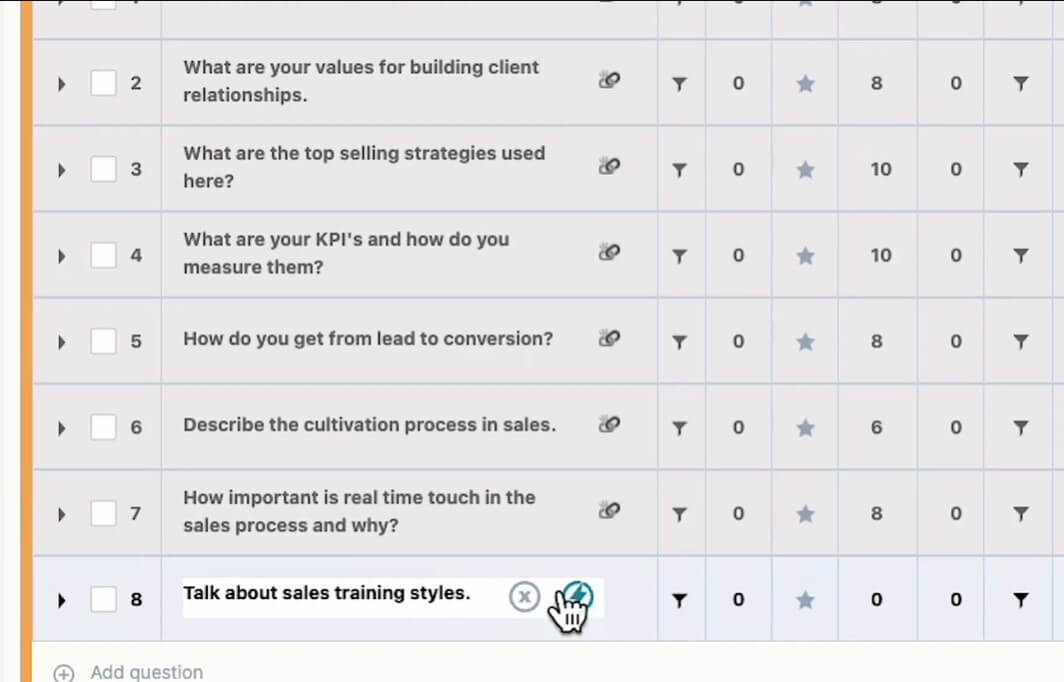
By Kia Hays (SVP of Studio & Content) & Jonathan Cicoski (Content Specialist), StoryFile
No two use cases are the same-and, therefore, no two storyfile scripts will ever be fully identical. Creating a script for a five-day life history with a notable public figure will require a different approach than creating a FAQ script for a series of products and services.
At the core of each of these cases, though, is the same fundamental goal–to acquire information via a conversation. And to that point, we have identified five broad principles that should be followed when creating any script for conversational video.
The five principles
- Determine your audience and use case
- Understand your end user’s knowledge in your approach to scripting questions
- Make your questions open-ended
- Write questions and responses that can stand on their own
- Know your priorities
#1 - DETERMINE YOUR AUDIENCE AND USE CASE
- Who will be interacting with your storyfile?
- What does a successful interaction mean for your end user?
- How is your end user going to interact with this storyfile?
- What scaffolding is needed so your end user knows the scope of the conversation?
- How do you provide that context for your end user?
#2 - UNDERSTAND YOUR END USER’S KNOWLEDGE
- Are questions written in a way that any end user, regardless of knowledge, could still access that response?
- What information would an end user need to know to ask the question as it’s written?
- Is the language of the response and question written from the perspective of a subject matter expert?
- How can an end user be guided towards questions, as needed?
#3 - MAKE YOUR QUESTIONS OPEN-ENDED AND BROAD
- Would the response to your scripted question only make conversational sense if it begins in a particular way?
- Does the question lead the subject to respond in a certain manner, or could they respond in the way most important to them?
- What information, knowledge, stories, resources, etc. do you intend to prompt with your scripted question?
#4 - WRITE QUESTIONS AND RESPONSES THAT CAN STAND ON THEIR OWN
- Does the response prompt or lead to additional follow-up questions?
- Could the scripted question be asked by any end user?
- What context or scaffolding is necessary to ask the question?
- Does the response make conversational sense to an end user if this is the first question they’ve asked?
#5 - KNOW YOUR PRIORITIES
- Is your scope aligned to the amount of time you’ll have to film the storyfile?, i.e. are the number of questions scripted accomplishable within your schedule?
- What contingencies are needed for when/if obstacles arise while filming?
- Are responses written with a maximum 60 second length guideline in mind?
Happy storyfiling!




